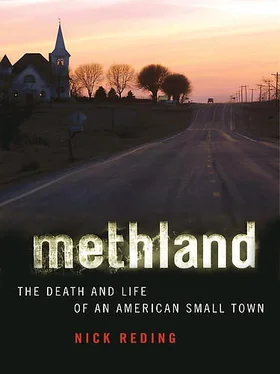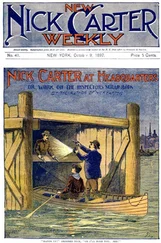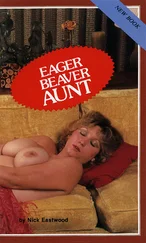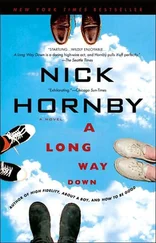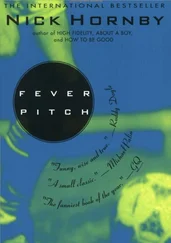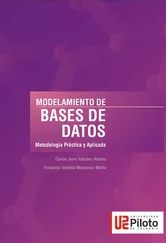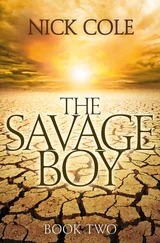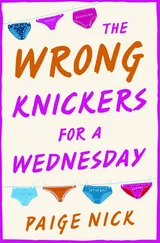By 1987, if you wanted meth and you lived in southern Iowa, or northern Missouri, you went to the bar that Lori Arnold now owned, the Wild Side. There, the increasingly beleaguered Ottumwa police, whose numbers were shrinking alongside county and city tax revenues, had little chance of interrupting Lori’s exorbitantly profitable crank business. At that point, says Lori, in addition to Floyd, she had a dozen runners going back and forth to Long Beach to buy meth from multiple so-called superlabs, which could produce up to twenty pounds of meth every thirty-six hours—an astounding amount of crank in those days. Because the cars that Lori’s runners used were a drain on her profits (imagine the mileage accrued by driving nearly four thousand miles every ten days, month after month), Lori bought a car dealership. That way, she could have access to as many vehicles as she needed; she could also have her runners trade the cars and their tags with car dealers in any state along the way, thereby making themselves harder to follow. Then, to house her employees and further launder the money she was making, Lori bought fourteen houses in Ottumwa.
This was just the beginning of the means by which Lori, who had not made it past tenth grade, laundered her drug money at the same time that she moved to fill new markets around the region. In 1989, she bought fifty-two racehorses—and hired the dozen or so grooms, trainers, veterinarians, and jockeys it took to maintain them—along with a 144-acre horse farm from which to run her ever-multiplying, synergistic empires. People from Kentucky to the Dakotas and from Indiana to Colorado race, breed, buy, trade, and sell horses, making it the perfect cover for a narcotics distribution business. Lori’s runners, tooling along in their duallies, a couple of geldings munching hay in the horse trailer, the wheel wells packed tight with crank, became the down-home Dukes of Hazzard version of coke-laden speedboats making the run from Eleuthera to Key Biscayne.
Lori’s true stroke of genius, though, was to build under a series of military tents hidden in the wooded hills of her horse farm what for almost two decades would be the only meth superlab ever known to be in production outside the state of California. By then, she was in such good graces with the Amezcua brothers, the California “Kings of Crank,” that they let her borrow a chemist, whom Lori flew to Iowa to teach her associates how to make meth in ten-pound batches every forty-eight hours: a state-of-the-art, up-to-the-minute operation. The effect was remarkable, for up until now, Lori had controlled sales of meth in Iowa and other parts of the Midwest while still having to rely on the Amezcuas for her product. Once Lori opened her own superlab, she was in control of the entire value chain: manufacture, distribution, and retail. And while she still bought meth from the Amezcuas, principally to maintain good relations, Lori had no real competition to speak of. In just the two years between 1987 and 1989, an unassuming high school dropout from little Ottumwa, Iowa, had succeeded in cornering part of what was becoming one of the world’s most lucrative narcotics markets. What’s more amazing is how close she came to never getting started.
According to several former agents, back in 1987, there was deep institutional ambivalence within the Drug Enforcement Administration (DEA) toward methamphetamine. Meth was seen as a biker drug, strictly falling under the purview of losers who didn’t have enough financial sense to put together a large-scale operation. These were the Reagan eighties, and as tastes ran for big, deregulated corporate successes, so ran America’s taste for drugs. Cocaine was king. As such, DEA, whose job is to curb the excesses of the period as they are embodied by America’s choice in narcotics, wasn’t interested in anything aside from the Cali and Medellín cartels, drug-trafficking organizations run like multinational corporations capable of exceeding their host nation’s GDP. Who could have imagined the business being built by two lowly coke-dealer brothers in the part of L.A. called the Inland Empire, or that this business would be connected with a kind of narcotic principate in Ottumwa, Iowa?
Only one person, it turns out: Gene Haislip, the deputy assistant administrator in DEA’s Office of Compliance and Regulatory Affairs. Haislip knew that large amounts of ephedrine, which was imported in bulk to make nasal decongestants, were being redirected to the Amezcua organization with no oversight. Ephedrine processing took place in only nine factories around the world, all of them in India, China, Germany, and Czech Republic. To Haislip, the narrow processing window posed a perfect opportunity to siphon off the meth trade; all that was required was the cooperation of those nine factories, along with the pharmaceutical companies that depended on the ephedrine made in them. What Haislip proposed in 1985, two years before Lori Arnold went into large-scale meth production, was a federal law allowing DEA to monitor all ephedrine imports into the United States.
According to a 2004 investigative article written by Steve Suo in Portland’s Oregonian newspaper, Haislip got the idea based on his earlier work on the illicit U.S. trade in Quaaludes, a legal sleeping pill widely available on the black market. The manufacture of Quaaludes depended on the synthesis of another legal drug, methaqualone, which was predominately produced in Germany, Austria, and China. What Haislip noticed was that an enormous proportion of the methaqualone from these nations was being shipped to Colombia. There, the Cali and Medellín cartels were making it into an illegal form of Quaalude, which they sold in tandem with cocaine in the same market—one as an upper, one as a downer—in the same way that meth markets today are often saturated with Oxycontin, a prescription painkiller that smooths out the impending “tweak” of a meth high. In 1982, Haislip visited the nations whose factories made methaqualone and asked for their help in monitoring its sale. Congress then banned the use of prescription Quaaludes, which were manufactured by only one American company. By 1984, according to DEA’s annual narcotics threat assessment, Quaaludes no longer constituted a significant danger to the illicit U.S. drug market. With meth, Haislip simply hoped to keep organizations like the Amezcuas’ (and to a lesser extent, people like Lori Arnold) from legally procuring ephedrine without hurting the production and sale of cold medicine of licit companies like Warner-Lambert, the makers of Sudafed. Haislip’s idea took the form of language inserted into the Controlled Substances Act, which would be debated by Congress in the fall of 1986.
What’s important to understand is that, despite the fact that Haislip’s job was to write legislation, DEA is not a political entity. According to the cliché, one of which most DEA agents seem proud, the administration occupies a place that is all but outside the law. While FBI agents stereo typically tail potential bad guys in their sedans, and CIA agents listen to phone conversations, DEA agents are supposedly assassinating major narco-figures in the world’s more inhospitable environments. Whether or not this is a fantasy is unclear. What it suggests is an institutional frustration regarding the governmental process: it’s easier to shoot people in other places than to write legislation here, which must then be tailored to the concerns of members of Congress and the lobbyists who influence them.
DEA’s proposals are subject to long, withering debates and years of compromise. And that is where the administration, if not actually a political entity, is a highly politicized one. Back in 1986, even as Nancy Reagan gave her famous “just say no” speech, Haislip had to bow to pressure from Democrats and Republicans alike not to raise the ire of pharmaceutical lobbyists, whose job, in part, is to comb through legislative bills looking for anything that could potentially upset their clients’ sales. That’s how Haislip’s bill, according to the Oregonian article, came to the attention of Allan Rexinger, who was in the employ of a trade group called the Proprietary Association on behalf of Warner-Lambert. Rexinger didn’t like what he saw.
Читать дальше
